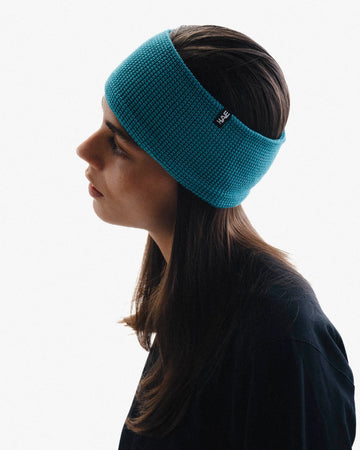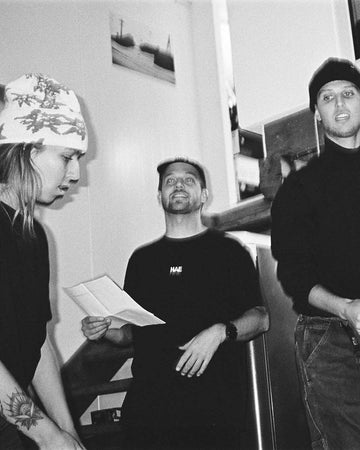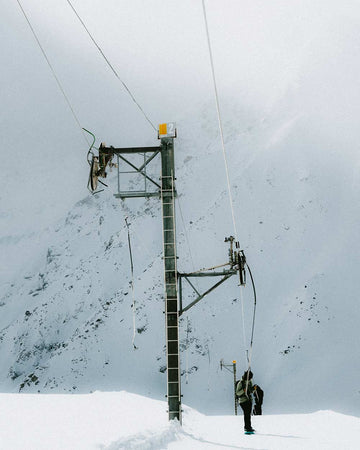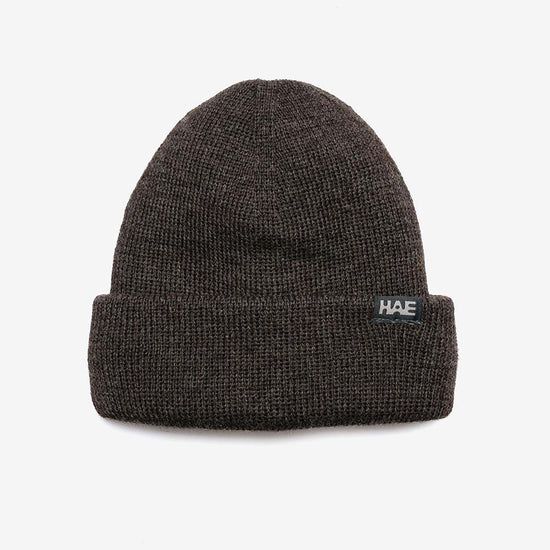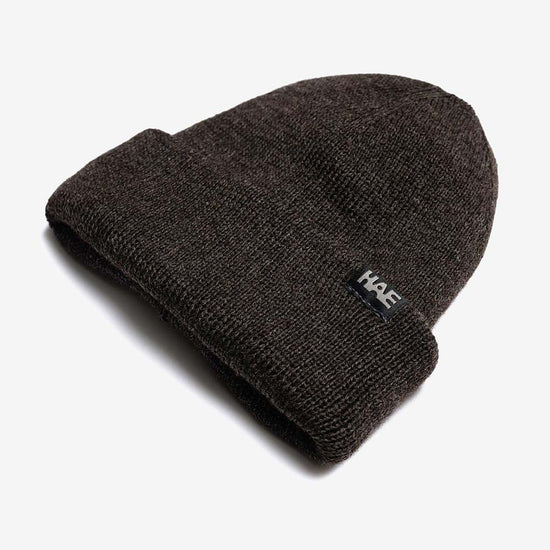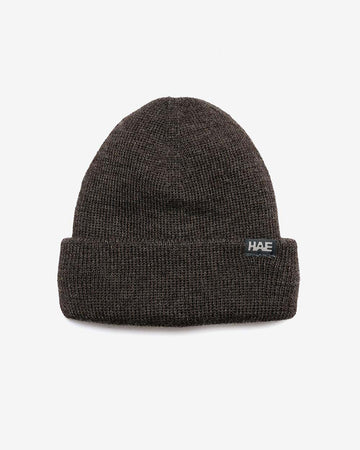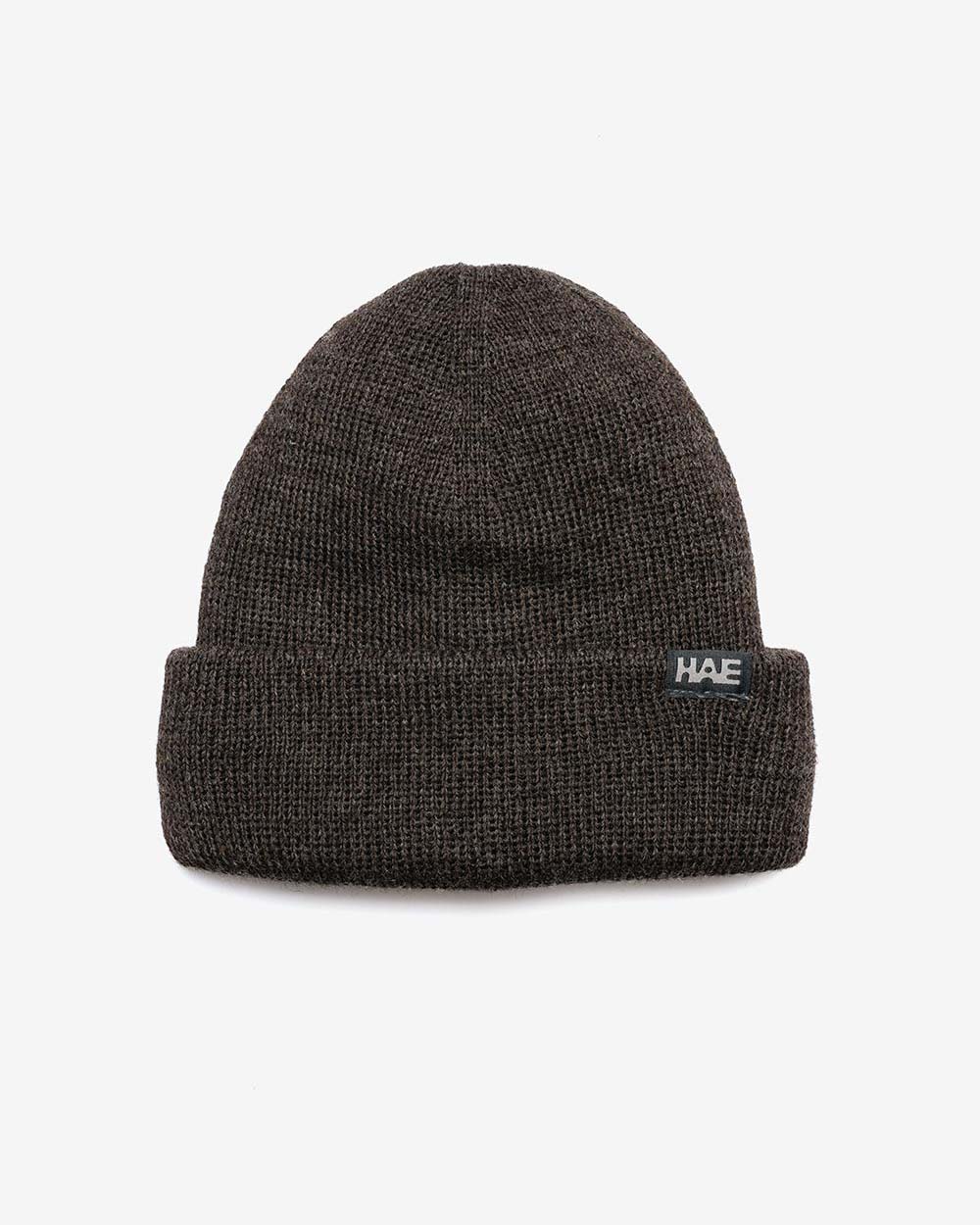

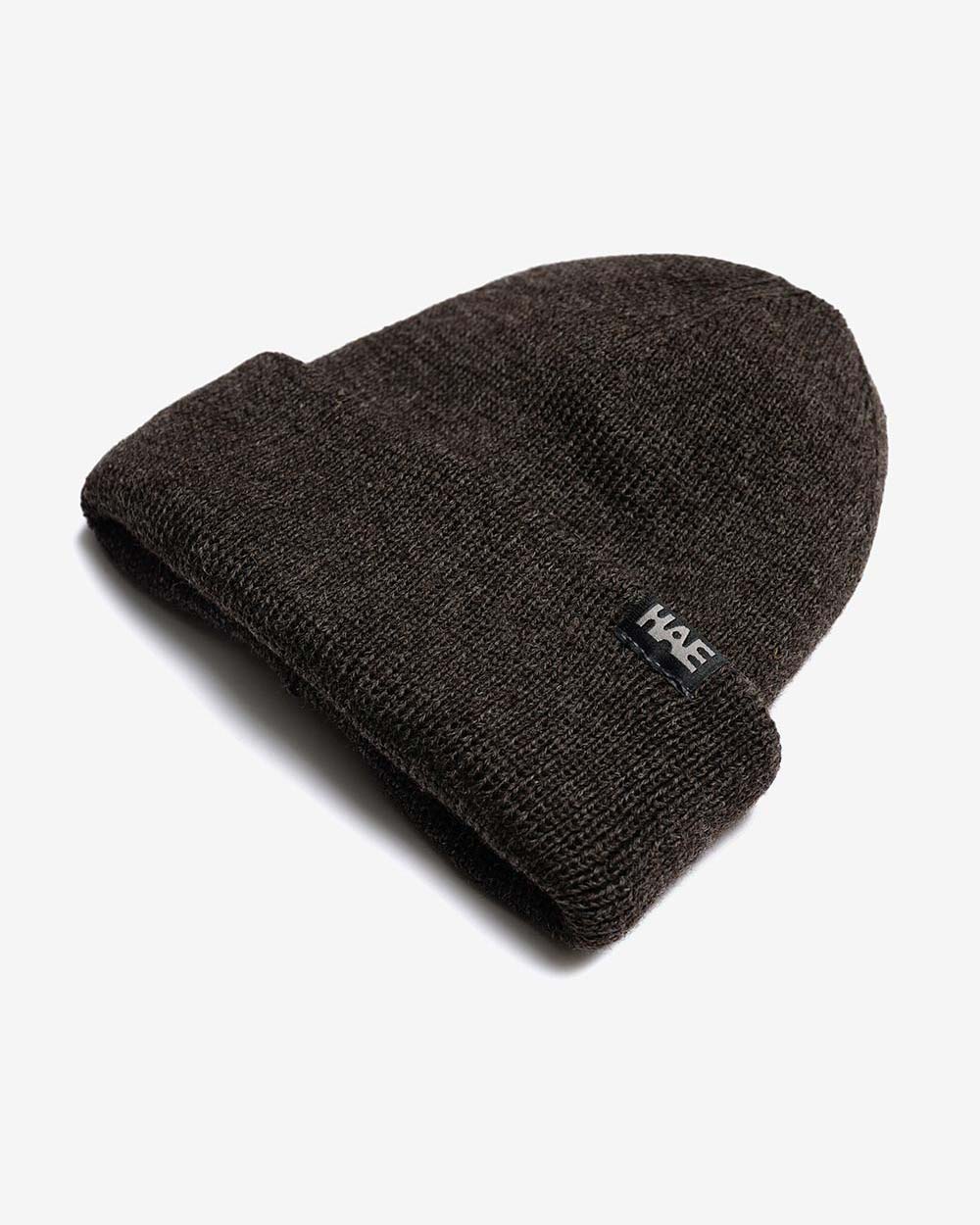

Outlander Alpaca Beanie
Will be shipped within 24 hours via Swiss Post.
The "Outlander Alpaca Hat" is the result of an innovative collaboration between HAE and two master's students from the Circular Economy and Sustainability program. Together with Larissa and Line, we set out to develop a compostable beanie. Made from undyed alpaca wool that was left completely natural, this hat offers outstanding properties and is able to decompose within five years. Additionally, the thread and woven label are also made from compostable materials.
A step towards sustainability
The alpaca wool used in the "Outlander Alpaca Beanie" is known for its excellent thermal properties. It keeps you warm while offering high breathability. Our efforts to create a fully compostable beanie are an important first step towards greater sustainability in the fashion industry. However, it's important to note that industrial composting options vary by country. Unfortunately, this is not yet fully implemented in many countries, including Switzerland. Important: Please only compost the beanie if it also allows for the necessary industrial composting!
For the future of fashion
With the "Outlander Alpaca Hat," we're setting a precedent for the future of sustainable fashion. This hat is not only functional and stylish, but also a statement for environmental protection and innovation. We will continue to work toward our sustainability goals and hope that the infrastructure for industrial composting will soon be available worldwide.
Experience the outstanding features and commitment to sustainability of the "Outlander Alpaca Hat" and order it now in the official HAE online shop!
The answers to the most frequently asked questions
It was an exciting collaboration and we received some questions frequently.
Since the hat is compostable, does that actually make it less quality? Does the hat decompose after a while?
No, not at all. It simply decomposes through a special process. Without this process, the beanie is about as durable as other beanies.
How does this composting process work?
Collecting and sorting: The textiles are collected and freed of non-compostable components such as buttons, zippers and labels.
Chopping and mixing: The shredded materials are processed into a compostable mixture.
Composting phase: The materials are stored in industrial facilities where temperature, humidity and oxygen are strictly controlled.
Maturation: After a few weeks or months, the material stabilizes into a nutrient-rich soil improver (compost).
Who supplies you with the wool?
We source our wool from Indorama Ventures Scheoller Wool Austria GmbH. Learn more about the wool here .
What about thread and labels?
Inogema made the special thread and labels for us.
Is the Outlander Alpaca Hat certified?
No, the hat is not certified as a whole. A certificate would have cost several thousand francs, and we're still a very small brand. We produced 100 hats, and it would have been simply prohibitively expensive. You can find out about the certificates for the individual components of the hat from the companies mentioned above.
Is the hat actually industrially compostable?
During a focus interview with several companies active in the field of industrial composting, Larissa and Line discovered that, for example, it's often not possible to compost textiles industrially in Switzerland. There are countries and regions where this is possible, so do your research before throwing that hat in the compost.
What were the reasons given for some textiles not yet being industrially compostable?
One of the main reasons was that prolonged wear can cause harmful substances (cosmetics, hairspray, etc.) to migrate onto the textiles. The effects of these substances on the subsequent process, the plant, and the environment have not yet been sufficiently investigated.

